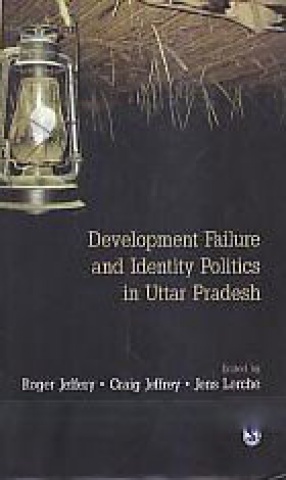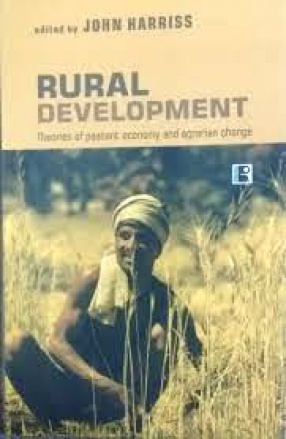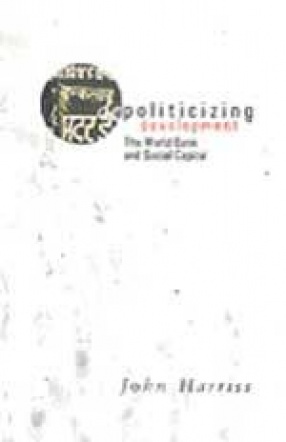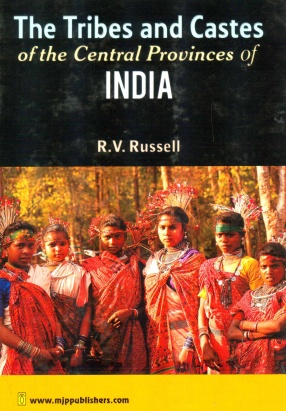Twenty years ago India was usually thought of as a typical developing country, home to the largest number of poor people of any country in the world, and beset by problems of low economic growth, casteism and violent religious conflict. Now India is being feted as an economic powerhouse which might well become the second largest economy in the world before the middle of this century. Its democratic traditions, moreover, remain broadly intact.
How and why has this historic transformation come about? And what are its implications for the people of India, for Indian society and politics? These are the big questions addressed in this book by three scholars who have lived and researched in different parts of India during the period of this great transformation.
Each chapter seeks to answer a particular question. When and why did India take off? How did a weak state promote audacious reform? Does caste still matter? Why is India threatened by a Maoist insurgency? In addressing these and other pressing questions, the authors take full account of vibrant new scholarship that has emerged over the past decade or so, both from Indian writers and India specialists, and from social scientists who have studied India in a comparative context.










There are no reviews yet.